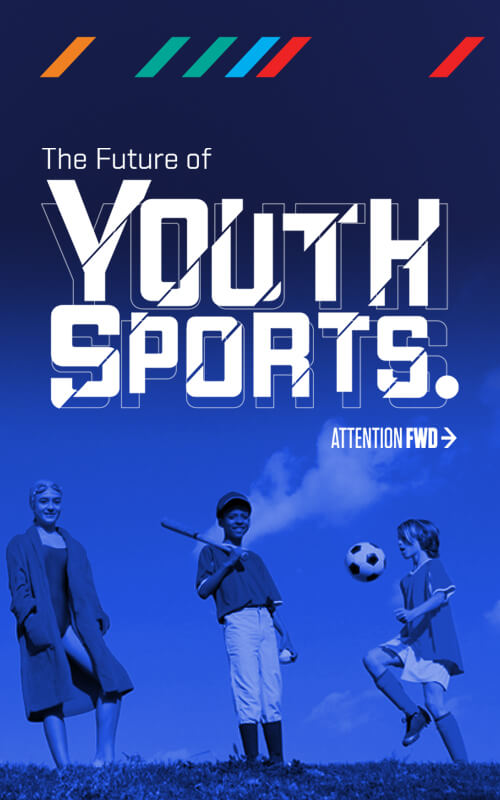R.I.P., Earlier Recruiting
Eventually the NCAA will be forced to accept the reality that elite athletes will choose professional options instead of playing a symbolic year or three of collegiate athletics. In recognizing this new trend, the NCAA will have a golden opportunity to morph from being a professional athlete production organization back to its stated mission “to integrate intercollegiate athletics into higher education so that the educational experience of the student-athlete is paramount.”
As broadcast contracts follow the moneymaking talent away from college campuses, universities will return focus to their educational missions, eliminating one driver of the toxic elitism undermining the potential of youth sports.
Dystopia 2035
Student stress from early recruiting mounted when the NCAA failed to establish strong new rules to regulate coach–athlete communications for revenue-generating sports. In fact, social media and digital recruiting and ranking platforms like Hudl, paired with the rising prominence of the NBA G League and a slew of similar new remunerative sports pathways, exacerbated the early-professionalism problem. When the NCAA itself began to compensate athletes in moneymaking sports, parents’ college obsession went off the charts, while the push to recruit ever-younger athletes created a race to the bottom, eventually tanking overall performance levels. Coaches made bad bets on the top-ranked 6th-grade athletes in their sport, and rates of transfers skyrocketed, decimating teams and making it impossible to build multiyear programs. When performance levels fell, TV ratings bottomed out, and traditional sports became dinosaurs.
Get the Full Report
-
![]()
The Future of Youth Sports Report in print
Get the Full ReportThe complete report on The Future of Youth Sports is available for purchase. Includes 10 topics and our thinking on how to create a better youth sports experience for all.


